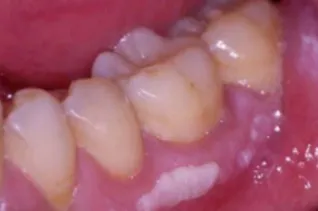Understanding White Spots After Whitening
Teeth whitening is a popular cosmetic procedure, but sometimes it comes with unwanted side effects. One of the most common concerns is the appearance of white spots on the teeth, often appearing near the gums after whitening. These spots, which can be both concerning and aesthetically displeasing, are usually temporary and related to the process of whitening. Understanding the underlying causes and how to manage these white spots is crucial for anyone considering or having undergone teeth whitening.
What Causes White Spots After Whitening?
White spots after whitening arise from a few key factors related to how the whitening agents interact with the tooth enamel. These agents, typically hydrogen peroxide or carbamide peroxide, work by penetrating the enamel and breaking down stain molecules. However, this process can also affect the tooth’s mineral content and hydration levels, leading to the formation of white spots. Several reasons contribute to the formation of these spots, which can sometimes be a sign that your teeth have been over-whitened, especially around the gums.
Enamel Dehydration
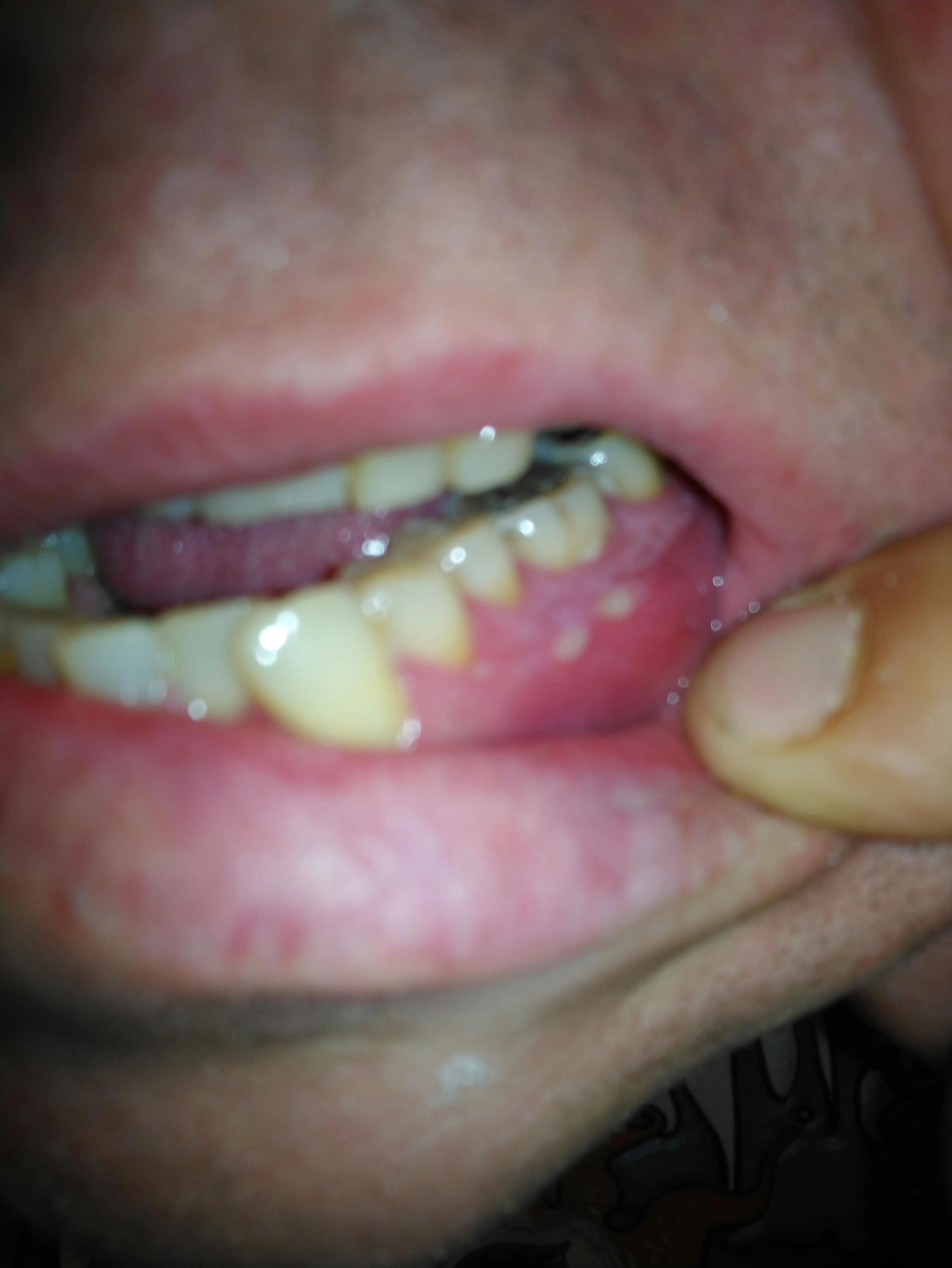
One primary cause is enamel dehydration. The whitening process can temporarily dehydrate the enamel, causing it to become more porous and reflective of light. This creates the appearance of white spots. The areas of the enamel with lower mineral content, which can be naturally present or caused by early stages of enamel demineralization, are more susceptible to dehydration and thus appear whiter.
High-Concentration Whitening Products
The use of high-concentration whitening products can exacerbate the issue. While these products may promise faster results, they can also increase the risk of enamel dehydration and sensitivity. Overuse or misuse of these products, such as applying them for longer than recommended or using them more frequently, can lead to more pronounced or persistent white spots, potentially also causing irritation on the gums.
Uneven Whitening
Uneven whitening can also contribute to the appearance of white spots. This can happen if the whitening agent isn’t applied uniformly across the teeth. Areas with thinner enamel or those that have undergone previous treatments might absorb the whitening agent differently, resulting in variations in color. This unevenness accentuates the contrast between the whiter spots and the surrounding enamel.
Top 5 Facts About White Spots

Now, let’s dive into the top five key facts about white spots that everyone should be aware of when considering or undergoing teeth whitening, ensuring they are well-informed about what to expect and how to address any concerns.
White Spots Are Common
White spots are a relatively common side effect of teeth whitening. Many people experience them, and it doesn’t necessarily indicate that something has gone wrong. It’s often a temporary phenomenon, a sign that the teeth are undergoing a change in hydration and mineral balance due to the whitening process. This is why understanding the mechanism of the whitening agent is important.
They Usually Fade
The good news is that white spots often fade over time. As the enamel rehydrates and remineralizes, the spots become less noticeable. This process can take a few days to a few weeks, depending on the individual and the whitening method used. Patience is key, and in most cases, the teeth will eventually regain a more uniform appearance.
They Are Not Always Permanent
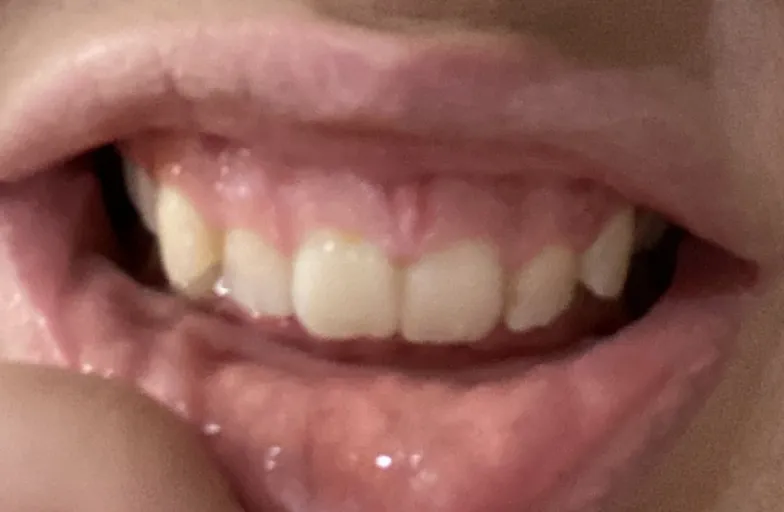
Contrary to some concerns, white spots are usually not permanent. In the vast majority of cases, the enamel will recover, and the spots will disappear or become less visible. Permanent white spots are rare and may only occur in cases where there was existing enamel damage or demineralization before the whitening procedure. However, it’s crucial to know how to avoid teeth whitening side effects.
Sensitivity May Occur
Along with white spots, teeth sensitivity is another common side effect of teeth whitening. The whitening agents can make the teeth more sensitive to temperature changes or pressure. This is often temporary and can be managed with special toothpastes designed for sensitive teeth and by avoiding very hot or cold foods and drinks during the whitening process.
Professional Whitening vs. DIY
The risk and appearance of white spots can vary between professional and DIY whitening methods. Professional treatments, conducted by a dentist, allow for better control and monitoring. Dentists can also use higher concentrations of whitening agents, but they also have the expertise to minimize side effects. DIY kits can be convenient, but they may increase the risk of uneven whitening or improper application, potentially leading to more noticeable white spots. Always consult with a dentist before undergoing any whitening procedure.
How to Prevent White Spots
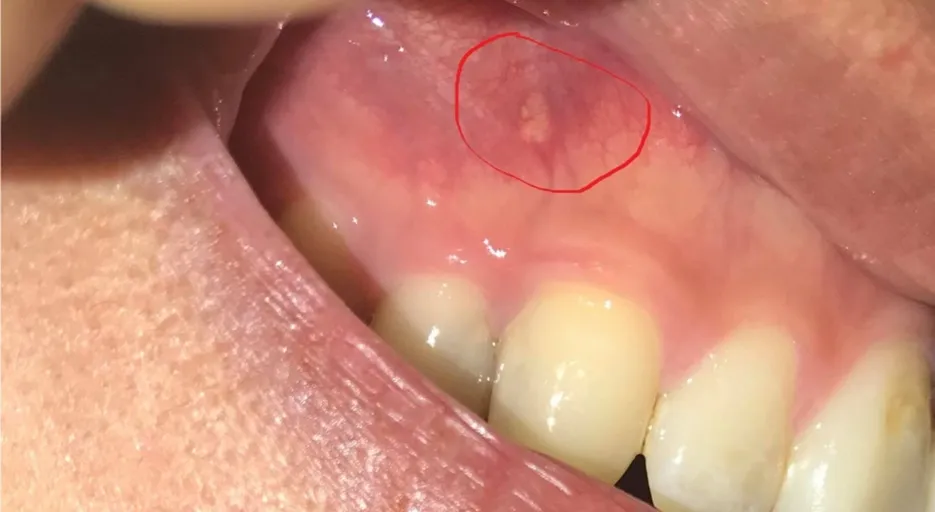
While white spots are common, there are several steps you can take to reduce the likelihood of their appearance and severity, ensuring a more pleasant and effective whitening experience. From the initial consultation to the application of the whitening agent, these steps can make a significant difference.
Consult Your Dentist
Before starting any teeth whitening treatment, consult with your dentist. They can assess your oral health, identify any existing issues like cavities or gum disease, and determine the most suitable whitening method for your specific needs and dental condition. This consultation is also an opportunity to discuss potential risks and how to minimize them, including the possibility of white spots.
Use Recommended Products
If you’re using an at-home whitening kit, make sure to use products recommended by your dentist or a reputable source. Avoid generic or overly aggressive whitening agents that could be too harsh on your enamel. Following the product instructions carefully is crucial, paying close attention to the recommended application time and frequency. It’s always best to follow the guidance of your dentist to achieve the best and safest results.
Proper Application

Proper application is essential to minimize the risk of white spots. Apply the whitening agent evenly to each tooth, avoiding contact with the gums to prevent irritation. Use the right amount of the product and avoid overlapping it onto the gums. If using trays, ensure they fit properly and that excess product doesn’t leak out. Regular checks during the whitening process can help catch uneven applications early.
What to Do If You Get White Spots
Even with careful precautions, white spots can still appear after whitening. Knowing how to address these spots is crucial for maintaining a healthy and aesthetically pleasing smile. These steps can help you manage the situation effectively, ensuring your teeth regain their natural and bright appearance.
Wait and Observe
The first step after noticing white spots is often to wait and observe. In most cases, as the enamel rehydrates, the spots will gradually fade on their own. Give it a few days or weeks to see if the appearance improves. Avoid further whitening treatments during this time, as they could potentially worsen the issue. Patience is essential, and often, no further intervention is needed.
Use Fluoride Treatments
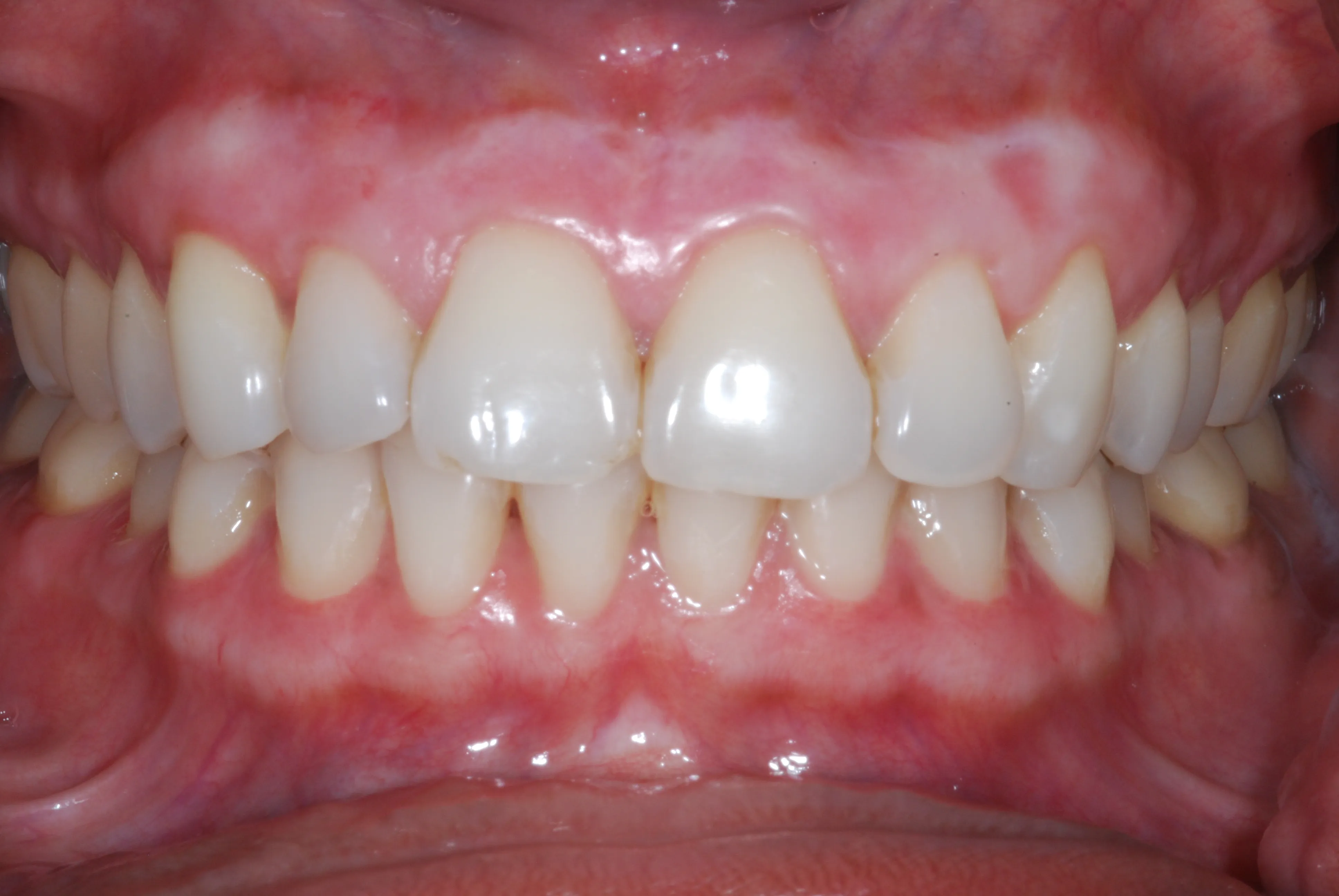
Fluoride treatments can help remineralize the enamel and reduce the appearance of white spots. Use a fluoride-rich toothpaste or consider a professional fluoride treatment from your dentist. Fluoride strengthens the enamel, making it less porous and helping to even out the tooth’s surface. This can be a helpful way to help reduce the look of the spots, helping improve your overall smile.
Professional Treatment Options
If the white spots persist or are particularly noticeable, your dentist can offer various treatment options. These might include microabrasion to remove a thin layer of enamel, resin infiltration to fill in the porous areas, or even cosmetic procedures like veneers in extreme cases. Your dentist will assess the severity of the white spots and recommend the best approach based on your individual needs and preferences. Always seek professional advice for more persistent or severe cases of white spots.
Conclusion
White spots on gums after whitening are a common and often temporary side effect, arising from changes in enamel hydration and mineral content. Understanding the causes, taking preventive measures, and knowing how to address these spots can help you achieve a brighter smile without unnecessary worry. By consulting with your dentist, using recommended products, and following proper application techniques, you can minimize the risk and enjoy the benefits of teeth whitening with confidence. Remember, patience and proper care are key to a healthy and beautiful smile. Regular dental check-ups and following your dentist’s advice will help you get the best results.
